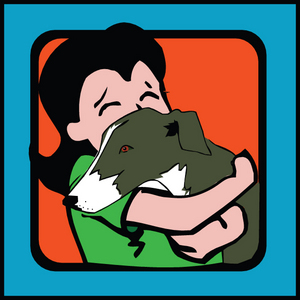At first glance, one might get the impression that the qualities that define “neutral good” would turn out to be the same as “lawful neutral”. Just looking at the two terms, it seems like there would be some overlap, if not outright redundancy, but as it turns out, neutral good is a class of its own.
This series started off by comparing lawful good types to the more upstanding characters out there. The general consensus seems to be that “lawful good” is the moral epitome in this whole spectrum, but neutral good gives the rival alignment a run for its money, and perhaps even surpasses it as the most moral of the alignment classes.
“Neutral good” characters do what’s right simply because it’s the right thing to do. There is no code instilled in them, nor are they particularly devoted to the law. They simply do the right thing and that’s all there is to it.
As was the case with “lawful good”, a lot of comic book superheroes fall under this alignment as they fight to protect the innocent simply because of an inherent sense of morality. Superman was mentioned as being “lawful good”, but he could also arguably fall under this alignment as well. Marvel Comics’ Spider-Man is also seen by many to be an example of this alignment in action. They won’t necessarily do what they do to uphold the law, but because they feel they have an obligation to protect and help others.
While “lawful good” characters will work within the system to fix any sort of injustices, neutral good characters will violate certain laws if they believe it is for the greater good. Though it should be noted that they will try to maintain respect for it if possible, but they will skirt certain issues if that’s what it takes.
“Neutral good” characters also differ from lawful good in their interactions with characters that would fall under one of the “evil” categories. A “lawful good” character would despise said evil character while a “neutral good” character would be more willing to be friendly to someone, even if they are “chaotic evil”.
Neutral characters are generally pacifists, but will fight to protect others if they are sure that some wrongdoing has been committed. Even this isn’t a hard and fast rule as far as characterization, but it is one of the more common aspects. They have a certain amount of respect for life and will go for non-lethal attacks in combat situations as opposed to going straight for the kill.
All in all, “neutral good” is a pretty straightforward alignment. You take the moral resolve of the “lawful good”, but make it more independent of any sort of decree or philosophy. Despite the name giving off the impression that it is a rehash of “lawful neutral”, the two really are quite different and would be played in vastly different ways when gathering a group around a table for a gaming session.
Sources
http://tvtropes.org/pmwiki/pmwiki.php/Main/NeutralGood


